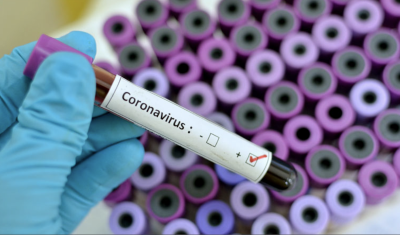(ATF) – Chinese research scientists have released a paper that says the novel coronavirus known as Covid-19 has mutated.
The latest findings of Chinese scientific researchers allegedly show that the new coronavirus has recently generated 149 mutation points and has evolved into two subtypes – an L subtype and an S subtype.
The study found that the two subtypes showed significant differences in geographical distribution and population spread.
The S subtype is a relatively older version, while the L subtype is more aggressive and more contagious.
An in-depth understanding of different subtypes will help differentiate treatment and help prevention of a new strain of pneumonia, scientists said.
The research comes from the paper “On the origin and continuing evolution of SARS-CoV-” published on March 3 by the National Science Review. It was sponsored by the Chinese Academy of Sciences.
Authors of the thesis are researcher Lu Jian, at the Bioinformatics Center at Peking University’s School of Life Sciences, and researcher Cui Jie at the Shanghai Pasteur Institute at the Chinese Academy of Sciences.
Transmission, Severity
The authors believe that, based on the evolution of the new coronavirus, there may be a large difference in the transmission ability and severity of disease of the L and S subtypes.
The paper said the difference between the two subtypes is at the 28144 position of the viral RNA genome.
The L subtype was more common in the early stages of the outbreak in Wuhan, but the frequency of the L subtype decreased after early January.
The authors believe that human intervention may exert greater selective pressure on the L subtype, and without these interventions, the L subtype may be more aggressive and spread faster.
On the other hand, because the selection pressure is relatively weak, the older and less aggressive S-subtype may have increased in relative frequency.
These findings mean that there is an urgent need to conduct further comprehensive studies combining genomic data, epidemiological data, and chart records of clinical symptoms of patients with the coronavirus disease in 2019.
In addition, it is worth noting that these 103 samples showed that most patients were infected with only one of the L or S subtypes.
However, a virus sample isolated from a US patient who had a recent history of travel to Wuhan suggested the patient may be infected with both the L-subtype and S-subtype.
Meanwhile, the authors said the possibility of new mutations could not be ruled out at this time.
























